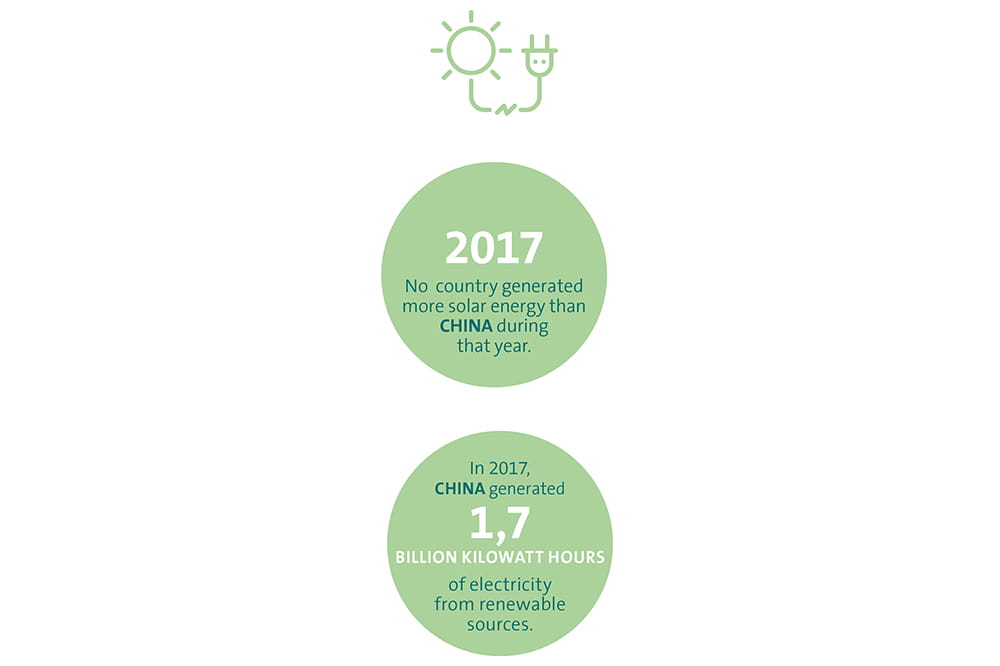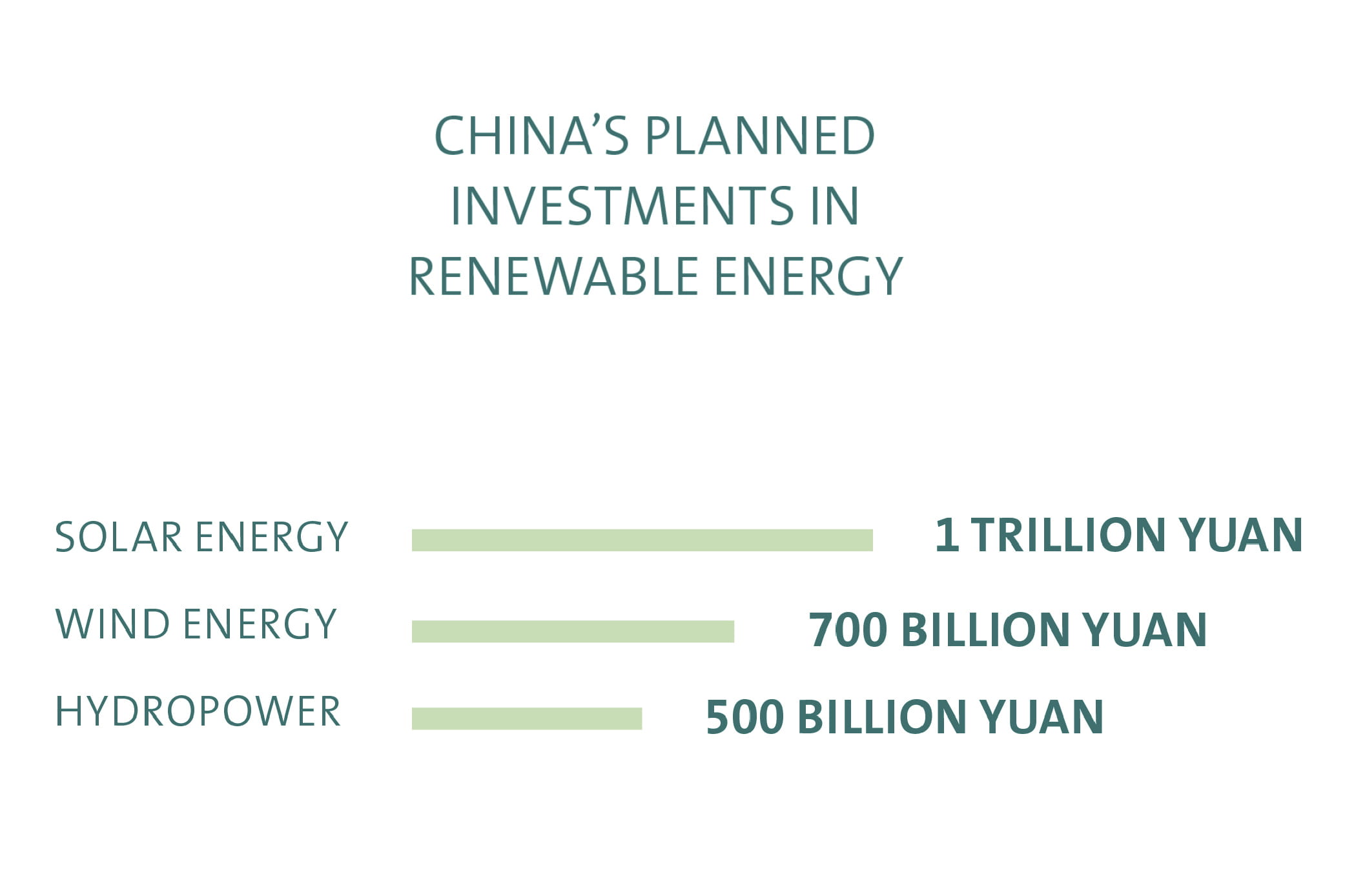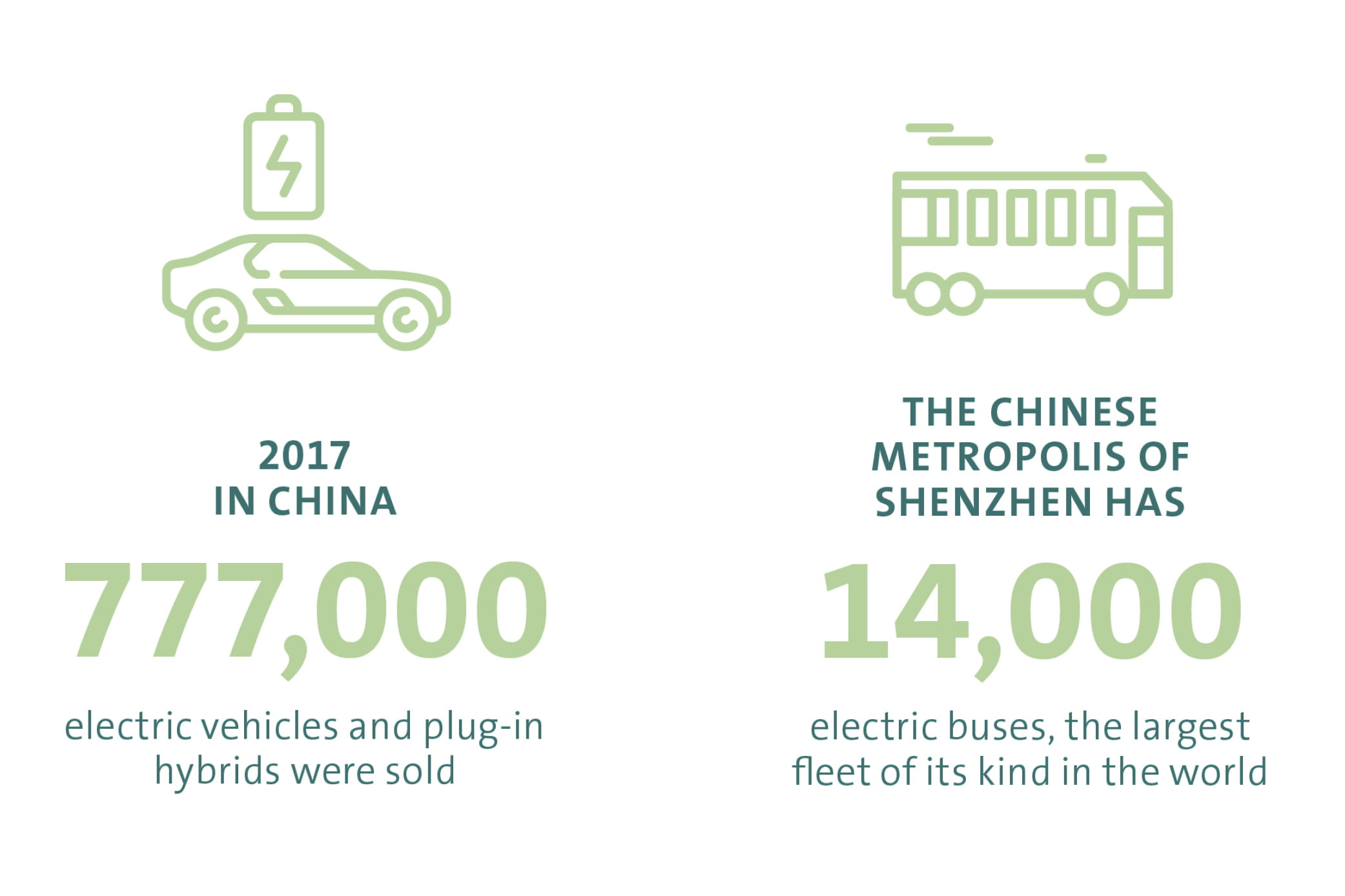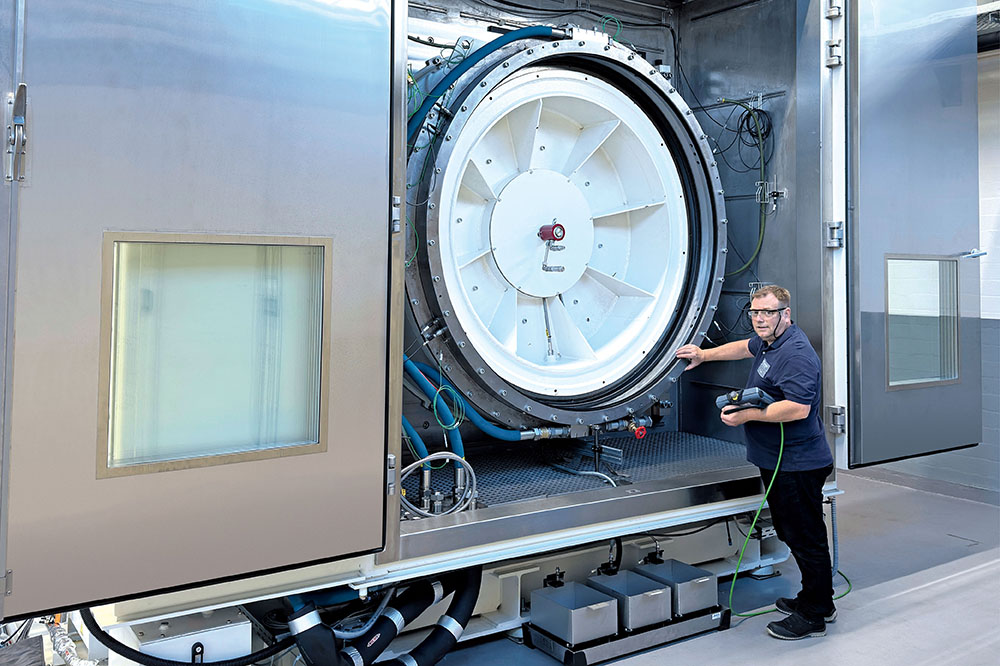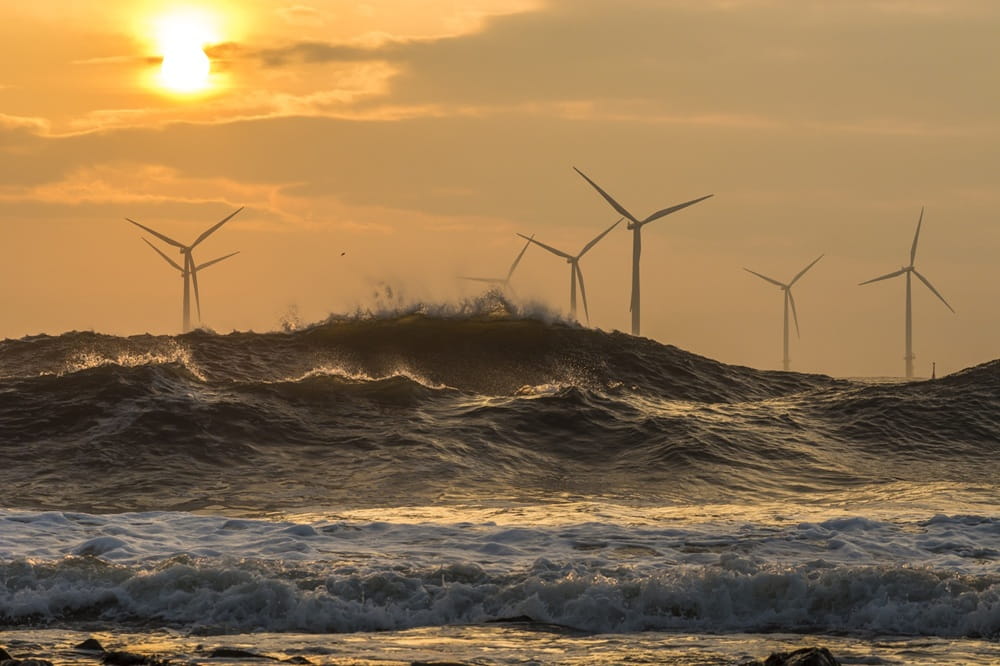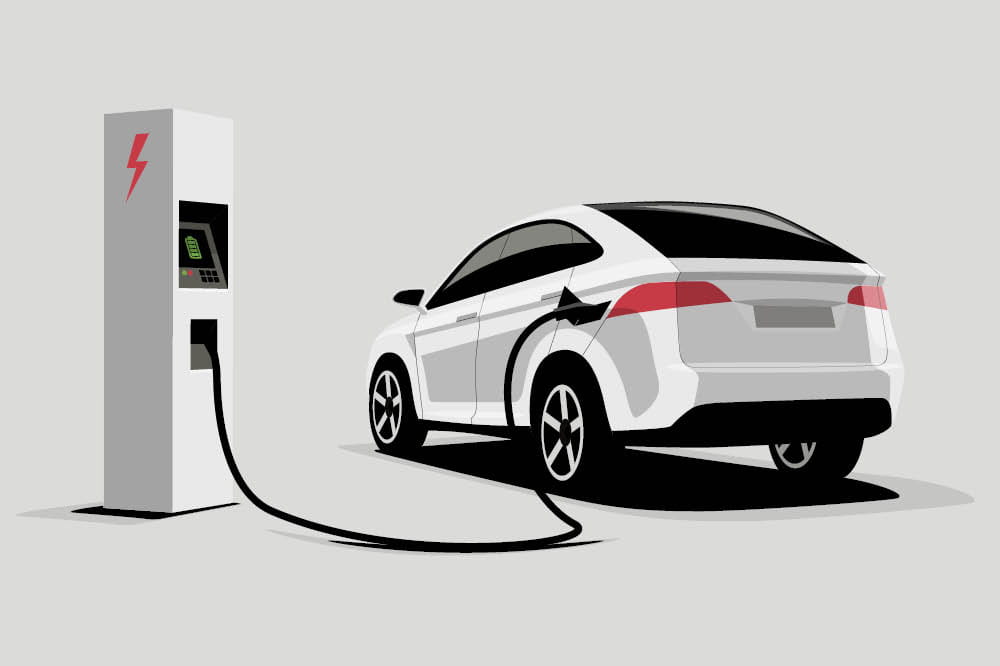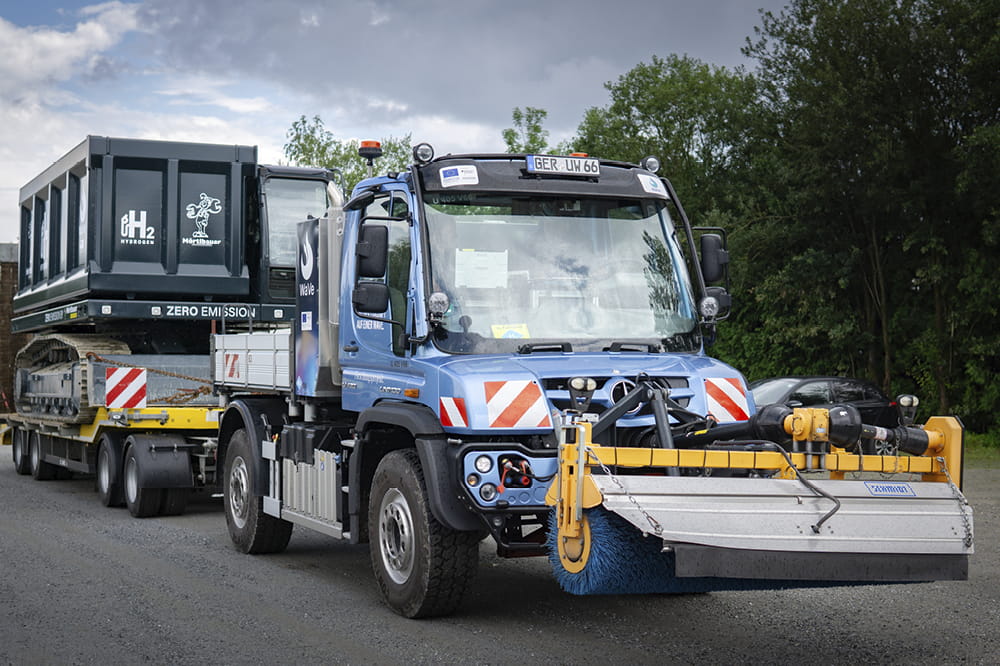Obtain news and background information about sealing technology, get in touch with innovative products – subscribe to the free e-mail newsletter.
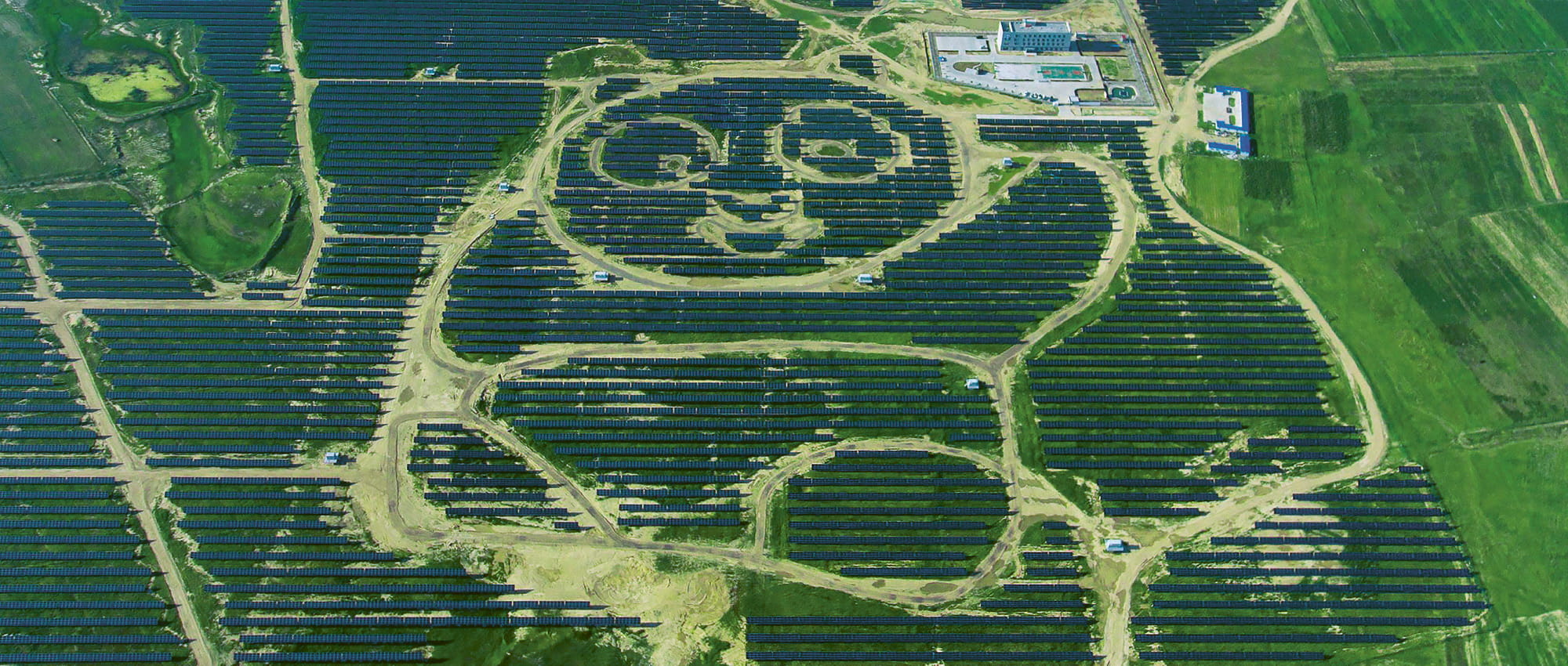
25.02.2020 | Story
Farewell to Coal
China has launched its energy transition – a Herculean task given the size of the country. But it has the political will to follow through. The first step is bidding farewell to coal and substituting alternatives such as natural gas. China is also investing billions to expand its wind, solar and hydropower sectors while spending heavily to promote electric mobility.
Dense air hangs over the city. In neon-yellow vests, police are stopping one small truck after another on the freeway. Beijing has invoked its second-highest alarm level – orange – which is why the police are carefully selecting who may enter the city. Delivery vehicles from online stores, moving vans and small open trucks are sitting forlorn on the shoulder. Construction work and painting are now prohibited. It is the first smog alert of the winter, even though it is already early March.
China is the world's largest investor in the development of renewable energy.
The air over the Chinese capital has definitely improved since the country began its comprehensive energy transition a few years ago. The air pollution in Beijing and many other metropolises was the main reason for the initiative. China is also feeling the effects of climate change. For example, the droughts in the country’s arid north are becoming more frequent. China is indeed the world’s top emitter of greenhouse gases and coal still dominates the energy and electric-power mix.
But the country has meanwhile become the world’s largest investor in renewable energy. In many cities, residents protested against the dirty air. But the government and other authorities mostly drove the change – with goals, rules and subsidies.
China’s installed renewable energy capacity stood at 650 gigawatts at the end of 2017, according to the National Energy Administration (NEA). For all of 2017, renewables generated 1.7 billion kilowatt hours of electricity, NEA Vice Director Liu Baohua said. Hydropower accounts for the lion’s share of the electricity generated, but it has been controversial due to its effects on the environment along rivers. But wind power and solar facilities are catching up. In 2017, China was the top country for solar power generation with 118.2 terawatt hours. By comparison, Germany produced 38.4 terawatt hours with photovoltaic facilities during the same year.
Global Leader in the constuction of facilities
In 2014, China agreed to start reducing gases harmful to the climate by 2030 at the latest, clearing the way for the Paris climate accord. By 2020, the government intends to increase the share of non-fossil sources in its energy mix to 15 percent. In China, the non-fossil category includes nuclear power as well as renewables, although in absolute terms the role of nuclear energy is minor.
By 2030, the figure should rise to 20 percent; it was already 13.3 percent at the end of 2016. The five-year plan ending in 2020 also calls for the energy intensity per unit of economic output to decline by 15 percent. These massive efforts now stand out at the global level. In 2016, China alone accounted for 40 percent of the world’s growth in renewable energy, the International Energy Agency (IEA) said in its “Renewables 2017” report.
320 billion euros will flow into solar energy, wind farms and hydroelectric power plants by 2020.
In early 2017, the NEA announced that China would invest another 2.5 trillion yuan (nearly 320 billion euros) by 2020. About 1 trillion yuan is intended for solar energy, with about 700 billion yuan for windfarms and 500 billion for hydropower. The NEA is also backing tidal power stations, geothermal projects and other new energy sources. In this way, the wind, solar and hydropower sectors are expected to cover about half of the country’s generation of electricity in 2020, based on the government’s plans. Greenpeace East Asia now puts the figure at 26 percent. In China, the environmental organization mainly has an advisory role and does research. “The goals for 2020 had already been achieved for solar and wind power, so the government has raised them,” said Huang Wei, who handles coal and energy issues for Greenpeace in Beijing. He said the goals were increased from 110 to 213 gigawatts of installed capacity for solar facilities and from 210 to 264 gigawatts for wind energy.
Conversion to modern gas heating
A shift away from coal is the core of the energy transition, even though the country is temporarily turning to other fossil fuels that damage the climate less. “Peak annual coal consumption was reached in 2013,” Huang said. By 2020, its share in the energy mix should drop from 60 to less than 58 percent. So far, it is mainly the use of coal for heating purposes that has been reduced. North of the Yangtze River, the coal furnaces commonly used in many households are being converted to modern gas boilers. The conversion is already complete in Beijing, which had ranked among the country’s cities with the worst smog.
The scope of the initiative has now expanded. “This winter, coal furnaces were shut down everywhere,” said Niu Haiyan, who comes from a small town in Hebei province, which surrounds Beijing, and works in the capital. “All of a sudden, there were gas lines in every village. It happened unbelievably quickly.” More than 3 million households near Beijing were converted this winter, Huang said. At the same time, difficulties with the gas supply developed, leaving some households temporarily without heat. But now there is a comprehensive plan for reorganizing north China’s heating systems. “The initiatives include measures to improve building insulation and support individual solar heating systems,” Huang said.
Electric cars are to alleviate smog in the cities.
Grids move into spotlight
But if the energy mix for electricity is solely considered, the share of coal is still around 70 percent. But that is due to change. The NEA has canceled plans to construct 85 new coal-fueled power plants. Beijing has already shut down all four of its coal-burning plants in the ur-ban district. With the energy transition, the grid is getting attention at just the right time. For example, renewable elec-tricity is mainly being generated on the high plains of western China, but the demand is in the metropolitan areas on the coast. The renewables are compet-ing with coal-generated electricity on China’s grids. The result: The networks are distributing too little green electricity, and large portions of the electricity that can be generated remains unused. Up to 40 percent of the country’s wind energy is produced in the autonomous region of Xinjiang in China’s far west. “The gov-ernment wants to scale this waste back to a reasonable level within three years,” Liu Baohua of the NEA said.
The more ecological the energy mix for electricity, the more electric mobility – which China has generously supported – improves its climate balance sheet. Electric cars are mainly supposed to alleviate the smog in the cities. But there are two other rea-sons why China is betting on electric mobility: The country needs much more oil than it can produce itself and it wants to reduce its dependence on oil imports. Beijing is also striving to give its companies a global technological edge in electric vehicles. Based on the govern-ment’s plans, one out of every five cars in China should be an electric model by 2025. The government subsidizes the purchases of electric cars and has re-leased them from the registration limi-tations in force in many large cities. Be-ginning in 2019, all automakers have to sell a minimum quota of electric vehi-cles: 10 percent of sales in 2019 and 12 percent starting in 2020. Thanks to these incentives and rules, China has al-ready become the world’s largest mar-ket for electric vehicles. In 2017, about 777,000 all-electric vehicles and plug-in hybrids were sold in the country. That was 53 percent more than during the previous year.
Boom of "New Energy Vehicles"
About 14,000 electric buses are among the so-called “new energy vehicles.” The Chinese city of Shenzhen, a me-tropolis with 12.5 million people lying just north of Hong Kong, has been buy-ing them over the past two years. By the end of 2017, the city had converted its entire bus fleet and now has the world’s largest fleet of electric buses. That means the next smog alert will be a longer way off – and hopefully a thing of the past someday.
The more ecological the energy mix for electricity, the more electric mobility – which China has generously supported – improves its climate balance sheet. Electric cars are mainly supposed to alleviate the smog in the cities. But there are two other rea-sons why China is betting on electric mobility: The country needs much more oil than it can produce itself and it wants to reduce its dependence on oil imports. Beijing is also striving to give its companies a global technological edge in electric vehicles. Based on the govern-ment’s plans, one out of every five cars in China should be an electric model by 2025. The government subsidizes the purchases of electric cars and has re-leased them from the registration limi-tations in force in many large cities. Be-ginning in 2019, all automakers have to sell a minimum quota of electric vehi-cles: 10 percent of sales in 2019 and 12 percent starting in 2020. Thanks to these incentives and rules, China has al-ready become the world’s largest mar-ket for electric vehicles. In 2017, about 777,000 all-electric vehicles and plug-in hybrids were sold in the country. That was 53 percent more than during the previous year.
Boom of "New Energy Vehicles"
About 14,000 electric buses are among the so-called “new energy vehicles.” The Chinese city of Shenzhen, a me-tropolis with 12.5 million people lying just north of Hong Kong, has been buy-ing them over the past two years. By the end of 2017, the city had converted its entire bus fleet and now has the world’s largest fleet of electric buses. That means the next smog alert will be a longer way off – and hopefully a thing of the past someday.
More news on the subject Renewable Energies

Join Us!
Experience Freudenberg Sealing Technologies, its products and service offerings in text and videos, network with colleagues and stakeholders, and make valuable business contacts.
Connect on LinkedIn! open_in_new